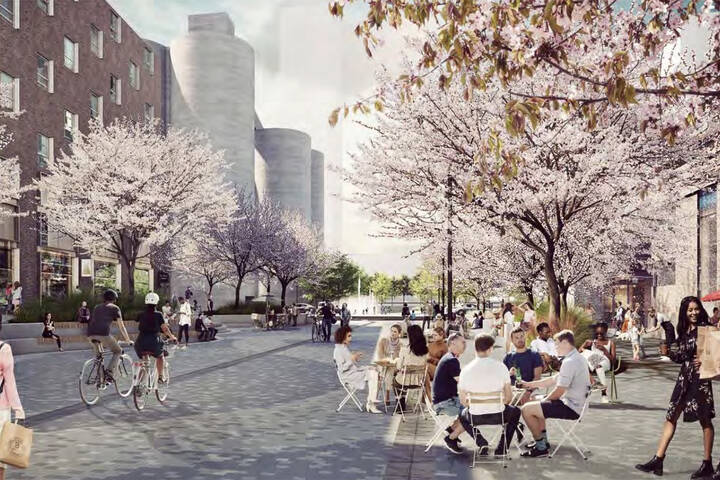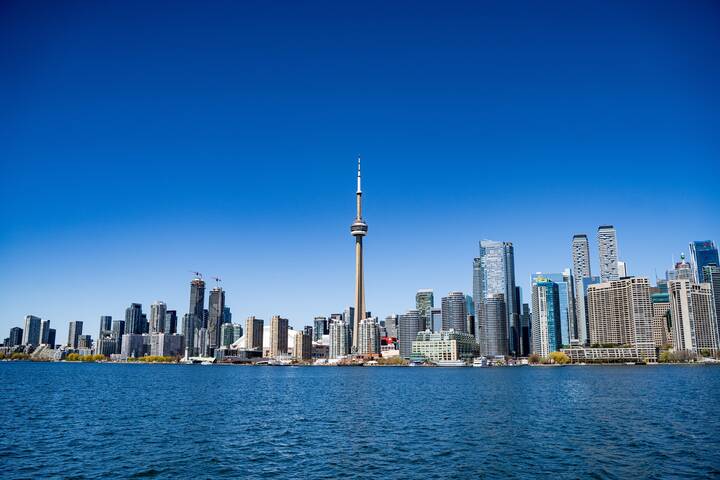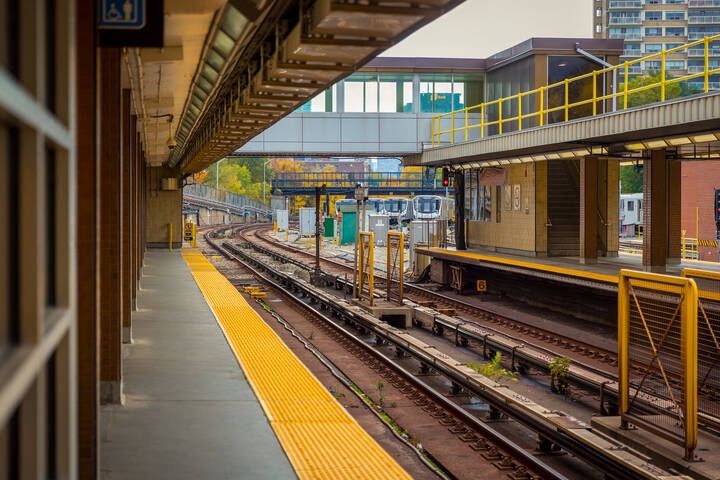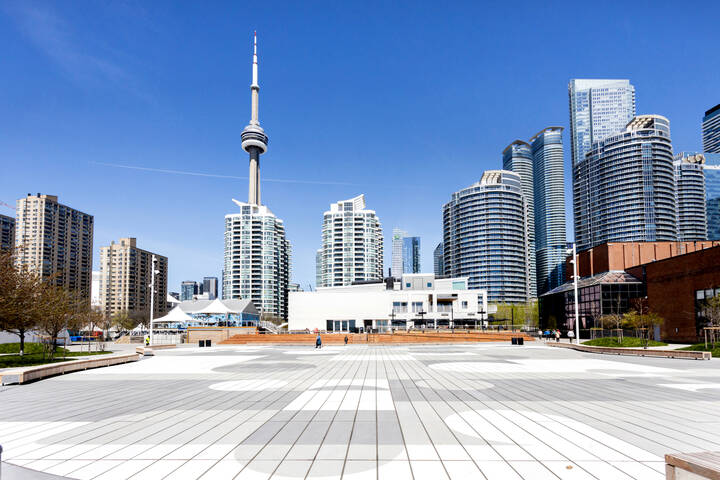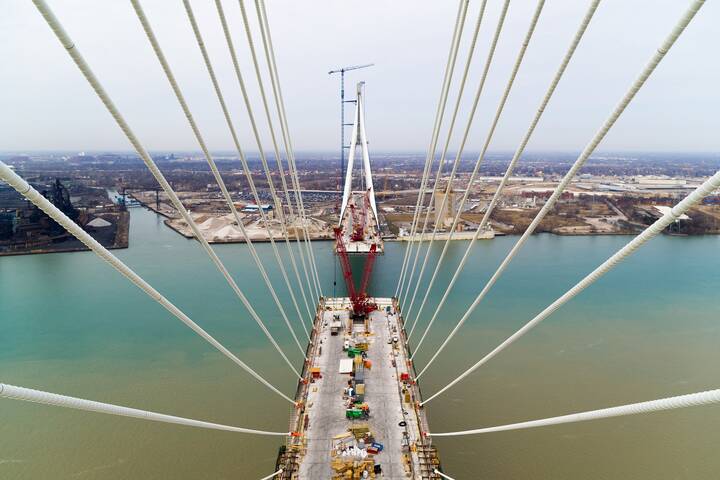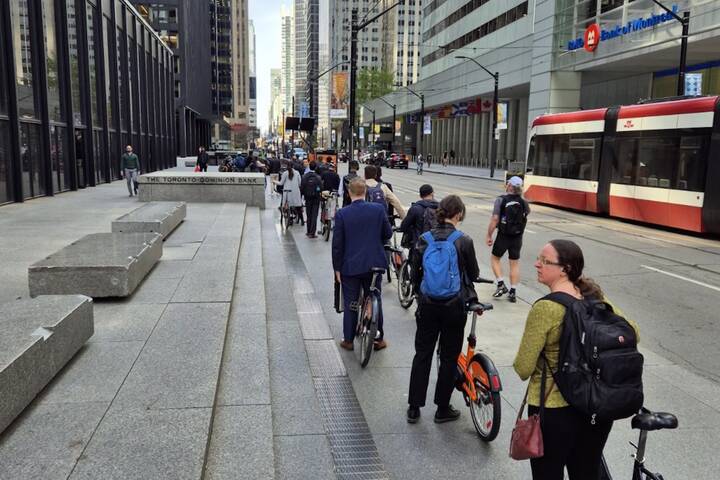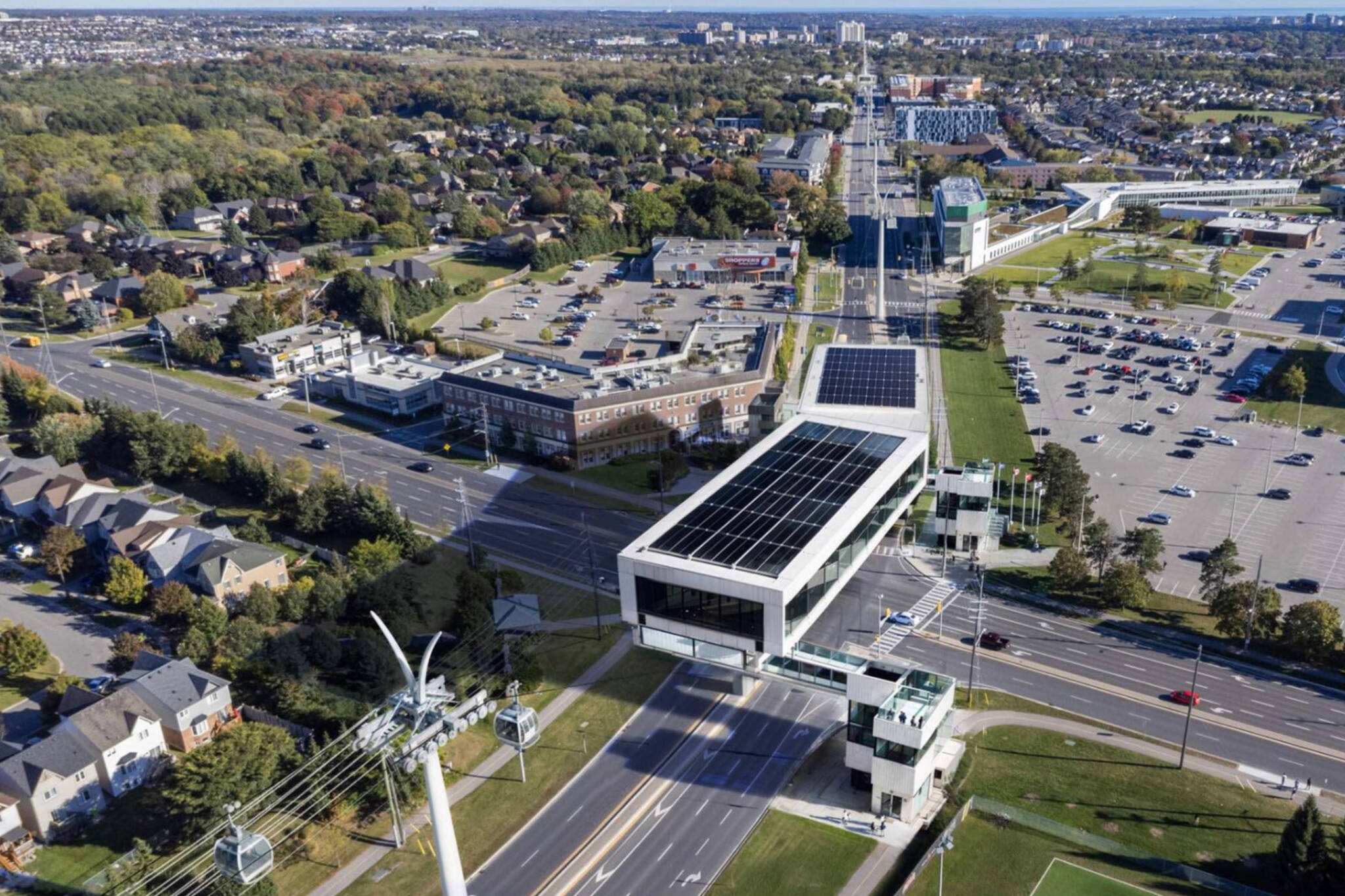
Aerial gondola or suspended monorail could be coming to a city near Toronto
Rapid transit is in the works for Simcoe Street in Oshawa, though it might come in an unconventional format.
The Simcoe Street Rapid Transit could bring an aerial gondola or a suspended monorail system to the city east of Toronto, just two of the options being explored by the Regional Municipality Of Durham.
Among the options proposed to serve this future transit corridor, Durham is exploring traditional transit solutions, including BRT and LRT routes.
BRT and LRT routes in GTA cities are a dime a dozen, but aerial gondolas (excluding ski infrastructure, proposed and unrealized lines) and monorails (RIP Toronto Zoo Monorail) are entirely absent from the region.
This could change, provided Durham opts for one of the non-traditional options in its study, like a 16-stop gondola.
Gondolas with cabin capacities of 25 passengers would travel at average speeds of 21 kilometres per hour, linking stations spaced at an average of 875 metres apart.
Durham expects that, by 2051, such a route could carry between 39,000 and 48,000 passengers per day, with a peak per-direction per-hour capacity of 1,300-1,600 passengers.
It is estimated that gondola users would collectively save 6,000 hours per day in travel times compared to current transit options.
The gondola option is expected to range in cost from $600 million to $1 billion.
Aerial gondolas have indeed been used successfully as urban rapid transit lines, most notably the TransMiCable system in Bogota, Colombia, consisting of two lines constructed in under two years — an exceptionally quick timeline compared to typical Ontario transit investments.
A suspended monorail option (monorail!, monorail!, monorail!) would move far greater passenger volumes, but would do so at a hefty cost estimate of $7 to $8 billion.
This 17-stop route would feature 200-passenger vehicles dangling from a suspended track at average speeds of 40 km/h. By 2051, such a route would move between 28,000 and 34,000 passengers per day at a peak per-direction per-hour rate of 1,100 to 1,300 people.
A similar system debuted in Qingdao, China, in 2022. However, suspended train systems have been in operation much longer, most notably the 122-year-old Wuppertal Schwebebahn in Germany.
Wheels (or cables) have already been in motion for this plan for a few years.
The Simcoe Street Rapid Transit project's strategic planning was carried out from 2017 to 2021. The plan is currently in its Visioning Study and Initial Business Case stage, where planners will identify preferred options for rapid transit along the roadway.
An environmental assessment and preliminary design phase is expected to follow in 2024 through 2025. Design and procurement are expected for 2026 to 2028, depending on funding, while construction is anticipated for 2029-2031.
Latest Videos
Latest Videos
Join the conversation Load comments

